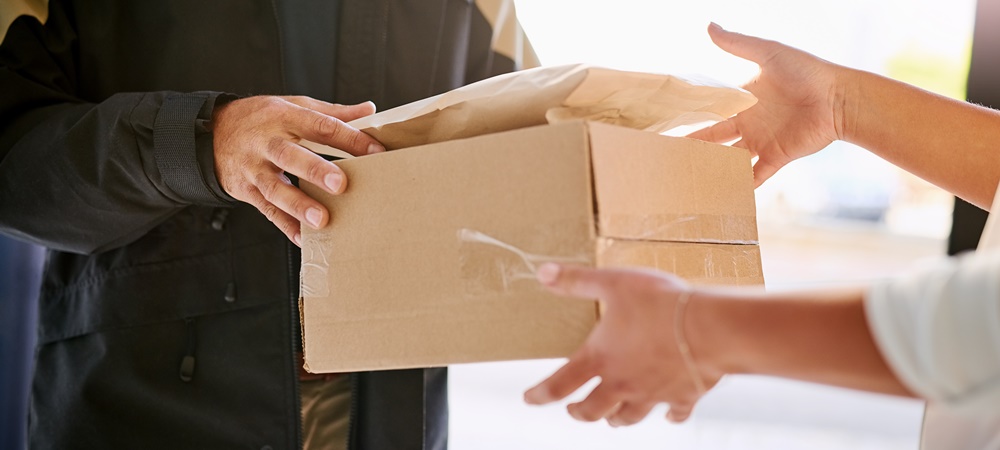Anyone can set up shop online, but how can retailers stand out from the competition when it comes to delivery? James Taylor shares five ways to create memorable delivery experiences.
Australian retailers have seen a sharp increase in demand for home delivery in the past two years. According to the NAB Online Retail Index 2017, Australians spend over $1.95 billion per month on online shopping alone, while research from IBISWorld shows retail delivery services now account for over 35 per cent of the courier and fleet delivery market.
Anyone can ‘set up shop’ online via Shopify, Magento, Facebook shopping or Amazon Australia, but how can retailers stand out from the competition when it comes to delivering product to their customers’ doors?
The most loyal customers agree their preferred retailers are those with great customer service that is consistent across all touchpoints. They don’t care if the delivery is handled by a third-party organisation—if they notice at all—they expect the same level of customer service at their front door as they do online, on the phone or in-store.
Here are five ways to create a memorable delivery experience for your customers.
1. Give the customer choices
Offering the customer a choice in delivery timing is a great way to balance your own delivery costs while managing the customer’s expectations. Customers who value speedy delivery can opt for next-day delivery at a premium rate, while others who value saving money have the choice of a longer delivery option, either at a cheaper rate or free of charge.
Giving customers more options leads to greater customer satisfaction, and the multi-band option keeps your transport and logistics budget in check.
2. Create consistently positive experiences
To stand out, you need delivery professionals who provide an outstanding experience. Small courtesies such as greeting the customer by name, wearing a smart uniform with name badge, good communication skills, and being polite and respectful while using the tone of the brand all go a long way.
Some great examples are the delivery team for a bulky goods retailer taking their shoes off before entering the customer’s home, or an unexpected gesture such as asking if there is anything else they can help with.
The importance of great customer service and courtesy should be impressed on the delivery fleet. They should know how you would like your brand represented and what great service means to you and your customers. Your brand has a unique culture and you want that represented in the field.
3. Make worthwhile promises (and keep them)
Overpromising and under delivering is the quickest way to damage your brand reputation. Delivery management is no different to any other customer touchpoint, so never make delivery promises that fulfilment, distribution and delivery teams will struggle keep.
If you know you can’t turn deliveries around within 24 hours to remote areas, but you can in metro regions, leverage technology and ask customers to enter their postcodes at point of purchase and only communicate delivery information that’s relevant to them (i.e. customers in remote areas do not see a 24-hour delivery option). The customer then doesn’t feel let down by the service, as their expectations have been appropriately managed.
4. Communication is key
An exceptional experience starts before the delivery team arrives at the destination. Effective communication should keep the customer informed of their delivery days, hours and minutes prior to the delivery taking place.
One of our clients, Williams-Sonoma, has an exceptional reputation when it comes to the customer experience. The retailer has a well-defined brand and its customers expect great service at every touchpoint. In order to set up the delivery service in the Australian market, we spent time understanding the client, researching how the customer sees and values the brand, and speaking at length about how they would like the brand portrayed in the last mile delivery.
Consider the delivery team an extension of your own team, with frank and open discussion being the most valuable tool way to protect your bottom line and provide customers with the best possible service.
5. Technology is your friend
Delivery fleets use technology to provide real-time updates and enhance customer service and safety. Retailers including Bunnings use an SMS service that notifies customers when the driver is on the way and gives an estimated time of arrival, with the option to GPS track in real-time.
There is also a link that directs customers to a page with the driver’s name and photo ID so they can be identified on arrival. Customers have given great feedback on this service, which has positively impacted Net Promotor Scores (NPS) for delivery teams nationwide.
James Taylor is the managing director at ANC.

